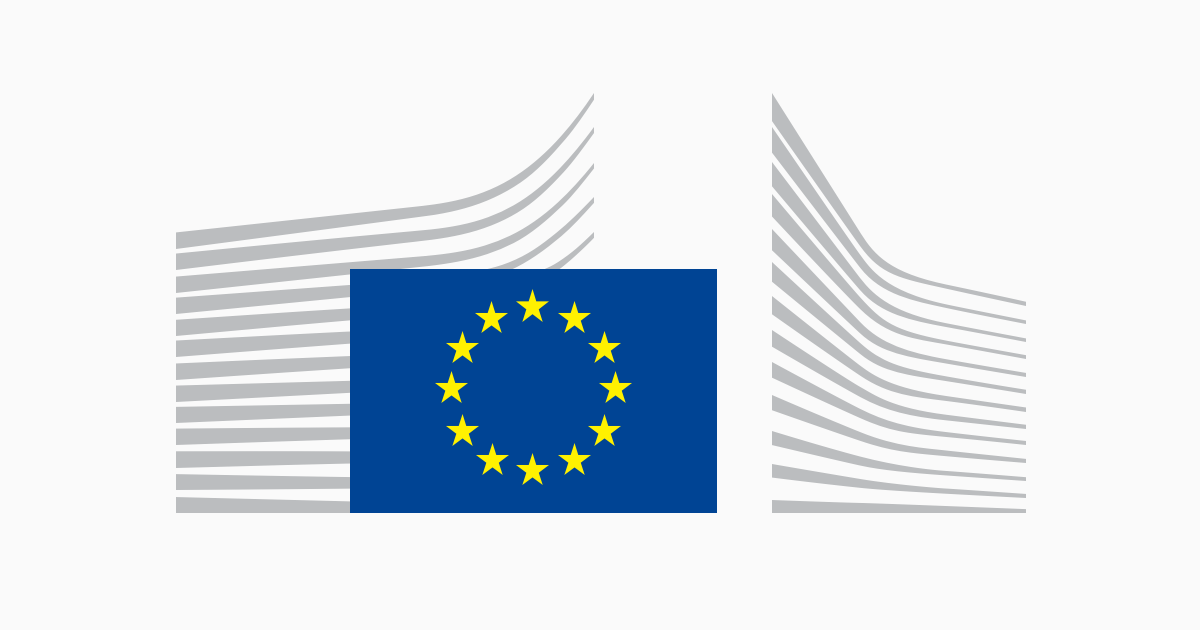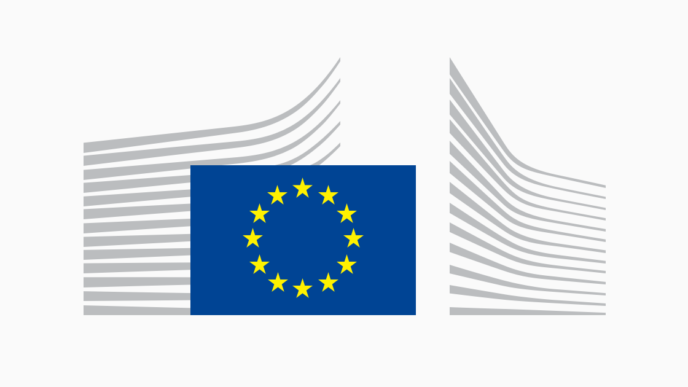The City of Stockholm has unveiled its Climate Action Plan 2030 as part of its commitment to tackling climate change. The strategy outlines how the city plans to phase out fossil fuels, reduce its carbon footprint, and promote climate justice. Among several key transition areas, the plan focuses on encouraging sustainable, fossil-free transport.
Stockholm presents a vision for urban mobility in which public transport, walking, and cycling become the standard means of travel. At the core of this vision is the ambitious objective of reducing transport-related greenhouse gas emissions by 80 % by 2030 compared to 2010 levels, as well as achieving a fully emission-free inner city.
Achieving this goal will require significant infrastructure changes and a shift in public behaviour. Taking this into account, Stockholm is focusing on efficient land use that puts people before cars, aiming to reduce car traffic by 30% from 2017 levels. Investments are being made in expanding and enhancing public transport, pedestrian zones, and safe cycling infrastructure—making sustainable mobility not only possible but attractive.
Electrification is an essential component of the city’s transport future. It is projected that by 2030, up to 80% of passenger cars will be electric, with a similar trend expected in freight transport. To support this transition, Stockholm is implementing new laws such as the Class 3 Clean Air Zone and rapidly expanding its charging infrastructure. The city is also shifting freight transport from roads to waterways and electrifying local shipping, including providing shore power to docked vessels and enabling the use of renewable fuels for commuter and recreational boats.
To lead by example, the city is adopting procurement standards for vehicles and equipment and maintaining a fossil-free municipal fleet. It also serves as a test bed for innovative, data-driven traffic management technologies.
Through strategic planning, innovation and collaboration, Stockholm is demonstrating how cities can create cleaner, healthier, and more accessible transport systems for all.
Author: Sara Mecatti
Views and opinions expressed are those of the author(s) and do not reflect those of the European Commission.












